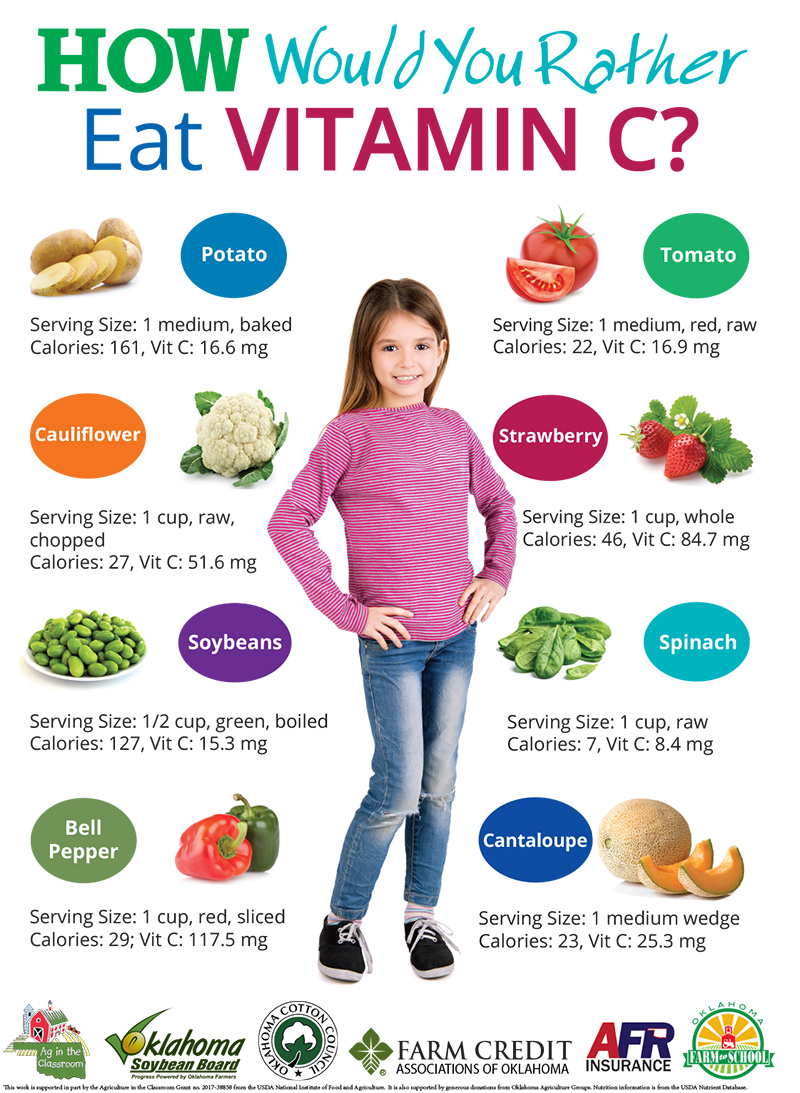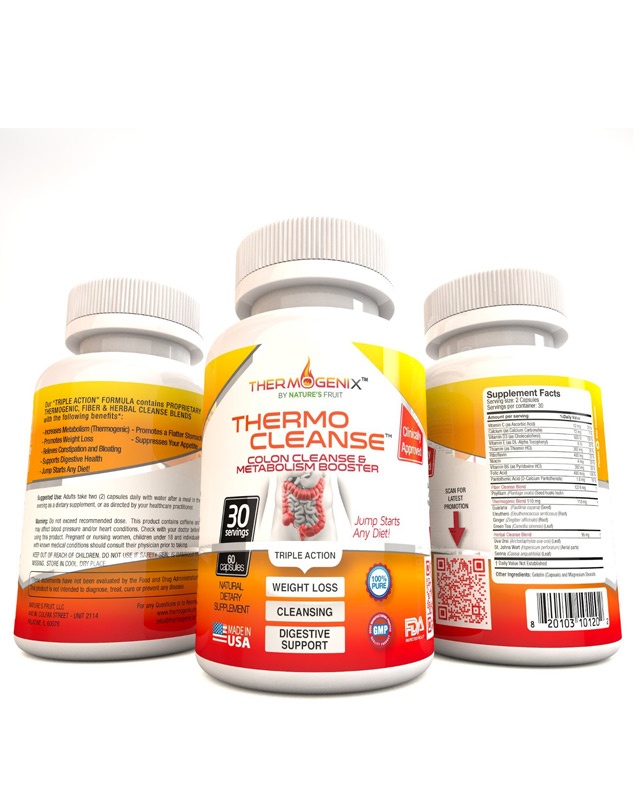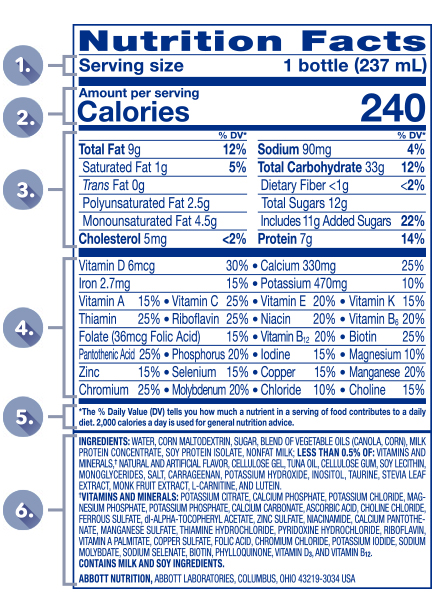45 vitamins on food labels
How to Read a Vitamin Label (and Why You Should!) - New Chapter This is very similar to the Nutrition Facts label you’ll find on food items. Checking the Supplement Facts panel helps make sure you’re getting the most out of your supplements, from active ingredients to serving size to % Daily Value.1 Components of a Supplement Facts Panel Like a Nutrition Facts label, a Supplement Facts label has ... Which Vitamins Must be included on the Food Label? By law, you should mention Vitamin D and its quantity in a particular food product. Not all the other vitamin disclosures you find on the food labels are necessary. However, there is no harm if you voluntarily disclose the other vitamin forms and their quantifiable percentages present in a serving. Such disclosure can enhance your overall ...
› food-labelsFood Labels | Nutrition.gov Food labels can help you make healthy choices when buying food in grocery stores or restaurants. Labeling Organic Products. ... Learn what common foods are natural sources of the vitamin folate, plus what foods may have folic acid added during processing. Interactive Nutrition Facts Label.

Vitamins on food labels
MegaFood: Food Based Vitamins & Supplements | MegaFood Quality Supplements Made For Two. Added nourishment before and during pregnancy †. Doctor-formulated with key nutrients like iron, folate & choline paired with real food like organic oranges & broccoli. Certifications for safety & purity like Non-GMO Project Verified & tested for 125 pesticides & herbicides. Can be taken any time of day, even ... › vitaminsInteractive Nutrition Facts Label - Food and Drug Administration Vitamins are organic substances that are naturally present in many plant and animal products. People obtain vitamins from both the plant and animal products they eat. The human body also makes vitamins D and K. There are 14 vitamins that may be listed on the Nutrition Facts label: biotin, choline, folate, niacin, pantothenic acid, riboflavin, thiamin, and vitamins A, B 6, B 12, C, D, E, and K. › health › food-nutritionVitamin B Complex: Benefits, Side Effects, Dosage, Foods & More Apr 29, 2022 · B vitamins play a vital role in maintaining good health and well-being. As the building blocks of a healthy body, B vitamins have a direct impact on your energy levels, brain function, and cell ...
Vitamins on food labels. Do food labels require vitamins and minerals? - JacAnswers Do food labels require vitamins and minerals? Labelling. Wherever a vitamin or mineral has been voluntarily added to a product, nutrition labelling is required. This should include the total amount of vitamin or mineral in the final food, inclusive of the naturally occurring amount. Dietary Supplement Labeling Guide: Chapter IV - FDA The nutrition label for a dietary supplement is called a "Supplement Facts" panel (see sample labels at the end of this chapter). 21 CFR 101.36 (b) (1) (i) How does "Supplement Facts" differ from ... Nutrition Facts Labeling — FDA Reader Vitamins, Minerals and Macronutrients. The following vitamins and minerals are required on the nutritional label "Supplemental Facts" section. They must be measured in terms of percentage of daily value and weight. The minimum requirement is listed below (must be listed in this order): Vitamin D, Calcium. Iron. Supplement Label | How To Read Vitamin Labels |NOW Foods Percentage of Daily Value - arrow pointing to copy stating: "% Daily Value". Serving Size - arrow pointing to copy stating: "Serving Size 1 Softgel". Here's a quick guide for understanding how to interpret supplement labels in order to get exactly what you're looking for. The first section of the label is the supplement facts label.
Understanding Food Labels | The Nutrition Source | Harvard T.H. Chan ... These statements describe the nutrients in a food beyond what is listed on the Nutrition Facts label, intended to showcase a health benefit of the food. An example is "Contains 100% Vitamin C.". Most terms like "low sodium," "high fiber," "reduced fat," and "good source of" are regulated by the FDA, and the nutrient amounts ... Understanding Nutrition Facts on Food Labels - WebMD After fats, carbohydrates, dietary fiber, sugars, and protein are listed on the food label. These items are followed by specific nutrients in the food, such as vitamin A, vitamin C, calcium, and iron. New label guidelines will replace vitamins A and C with vitamin D and potassium and list added sugars on the panel. Nutrition Labels 101: What's Required? What's Optional? 5. Trans Fat. Trans fat is the worst of the "bad fats," which is why in 2006 the FDA began requiring it to be listed separately on nutrition labels. Trans fat, like saturated fat, increases LDL cholesterol levels (i.e., "bad" cholesterol) but also lowers HDL cholesterol levels (i.e., "good" cholesterol). So it's a bit of a ... Food labeling: MedlinePlus Medical Encyclopedia Food labels contain a great deal of information on most packaged foods. Food labels are called "Nutrition Facts." The United States Food and Drug Administration (FDA) has updated the Nutrition Facts label, ... VITAMINS AND MINERALS. Vitamin D, calcium, iron, and potassium are the only micronutrients required to be on the food label. Food ...
What vitamins are on nutrition labels? What are the four vitamins and minerals that food labels must list? The only micronutrients that must be listed on a food label are vitamin D, calcium, iron, and potassium. Other vitamins and minerals in the food can be listed voluntarily by food makers. › food › new-nutrition-facts-labelDaily Value on the New Nutrition and Supplement Facts Labels Feb 25, 2022 · However, they are required to list any vitamins and minerals that are added to the food or if a statement is made on the package labeling about their health effects or the amount contained in the ... How to Read Supplement Labels Like a Pro - Healthline Ingredients. When selecting a supplement, reading the ingredient label is key. Check carefully for ingredients like fillers, sweeteners, preservatives, and additives, all of which will be listed ... On Vitamins and Food Labels - EzineArticles Now food labels must provide in large type information about the fat, calories and ingredients in packaged food. Those labels must also disclose how much of the DV for Vitamins A and C would be provided to a consumer eating one serving of that same product. Present-day labels contain the words "Vitamin A" and "Vitamin C," printed in large letters.
Optional Nutrients On The Food Label - LabelCalc What Nutrients are Optional on the Food Label: Voluntary Nutrition Information. Gregory was thoroughly confused. He'd finished perfecting the recipe for his protein-packed energy bars, which he'd been selling at the local Farmers Market for the past year. ... Since Gregory included a "high in vitamin E" nutrient content claim on his ...
› managing › eat-wellFood Labels | CDC Understanding the Nutrition Facts label on food items can help you make healthier choices. The label breaks down the amount of calories, carbs, fat, fiber, protein, and vitamins per serving of the food, making it easier to compare the nutrition of similar products. Be sure to look at different brands of the same foods—nutrition information ...
Vitamin Labels | What Do These Scientific Names Mean? Vitamin B2 = niacin. Vitamin B3 = riboflavin. Vitamin B5 = pantothenic acid. Vitamin B7 = biotin. Vitamin B9 = folate or folic acid. Vitamin B12 = cobalamin. You might be wondering where all the other numbers are for the B vitamins. Well, B6 doesn't have any alternative names - it's just plain Vitamin B6 - and Vitamins B4, B8, B10 and B11 ...
What Supplement Labels Mean, and Don't - Consumer Reports This disclaimer is required on labels for supplements sold with claims about how they affect the body's "structure or function.". It means that claims on the label haven't been approved by ...
Food Label Claims: What You Can and Can't Trust - WebMD FDA: "Label Claims for Conventional Foods and Dietary Supplements," "Organic on Food Labels," "Producing a Food Product that is Regulated by FDA," "Food Labeling Guide," "Use of the Term "Healthy ...
Vitamins and Minerals | Nutrition.gov View a list of common foods and drinks and the amount of vitamin D in a standard portion. Interactive Food Label: Vitamins and Minerals HHS , Food and Drug Administration , Center for Food Safety and Applied Nutrition
New Food Label Spotlight: Vitamins and Minerals 600 IU of vitamin D daily. 1000 mg of calcium daily. 8-18 mg of iron daily. 4700 mg of potassium daily. The new Nutrition Facts label will list how much of each of those nutrients are available in a given food, along with what percentage of the total daily nutrient need that that product will fulfill.
Dietary Supplement Labeling Guide | FDA Division of Dietary Supplement Programs (HFS-810) Office of Nutritional Products, Labeling, and Dietary Supplements. Center for Food Safety and Applied Nutrition. Food and Drug Administration ...
Understanding Food Nutrition Labels | American Heart Association Remember that the information shown in the label is based on a diet of 2,000 calories a day. You may need less or more than 2,000 calories depending upon your age, gender, activity level, and whether you're trying to lose, gain or maintain your weight. When the Nutrition Facts label says a food contains "0 g" of trans fat, but includes ...
How To Read Food and Beverage Labels | National Institute on Aging At the top of the Nutrition Facts label, you will find the total number of servings in the container and the food or beverage's serving size. The serving size on the label is based on the amount of food that people may typically eat at one time and is not a recommendation of how much to eat. Read more about serving and portion sizes.
Where are the vitamins and minerals on a nutrition labels? On food labels, what vitamins and nutrients are always listed? According to the most recent intake data, added sugars account for around 13% of the calories consumed by adults in the United States. Every revised Nutrition Facts label is required to mention the following four vitamins and minerals: Vitamin D, calcium, iron, and potassium are all ...
How To Read A Vitamin Label | Andrew Weil, M.D. Labels on natural vitamin supplement bottles present a challenge to manufacturers: a great deal of information about a complex product must be squeezed into a tiny space. ... The "Daily Value," or DV, was created by the U.S. Food and Drug Administration for labels on foods and supplements, and implemented in 1994. It is based on two sets of ...
washingtoncitypaper.com › article › 545723Best Cat Food for Indoor Cats 2022 - Washington City Paper Jan 20, 2022 · Best Cat Food for Indoor Cats 2022 – Healthy & Nutritious Choices With Essential Vitamins Sponsored by Green Living January 20th, 2022 January 20th, 2022 Share this story:
Is vitamin B6 on food labels? - Digglicious.com What vitamins have to be listed on food labels? Vitamin D, calcium, iron, and potassium are the only micronutrients required to be on the food label. Food companies can voluntarily list other vitamins and minerals in the food. Can I overdose on vitamin B6? Consuming vitamin B-6 through food appears to be safe, even in excessive amounts.
› healthy-living › food-andVitamins and minerals - Food and nutrition | NHS inform Apr 30, 2020 · On food labels, there should be a figure for salt per 100g. High is more than 1.5g salt per 100g (or 0.6g sodium) Low is 0.3g salt or less per 100g (or 0.1g sodium)
› health › food-nutritionVitamin B Complex: Benefits, Side Effects, Dosage, Foods & More Apr 29, 2022 · B vitamins play a vital role in maintaining good health and well-being. As the building blocks of a healthy body, B vitamins have a direct impact on your energy levels, brain function, and cell ...
› vitaminsInteractive Nutrition Facts Label - Food and Drug Administration Vitamins are organic substances that are naturally present in many plant and animal products. People obtain vitamins from both the plant and animal products they eat. The human body also makes vitamins D and K. There are 14 vitamins that may be listed on the Nutrition Facts label: biotin, choline, folate, niacin, pantothenic acid, riboflavin, thiamin, and vitamins A, B 6, B 12, C, D, E, and K.











Post a Comment for "45 vitamins on food labels"